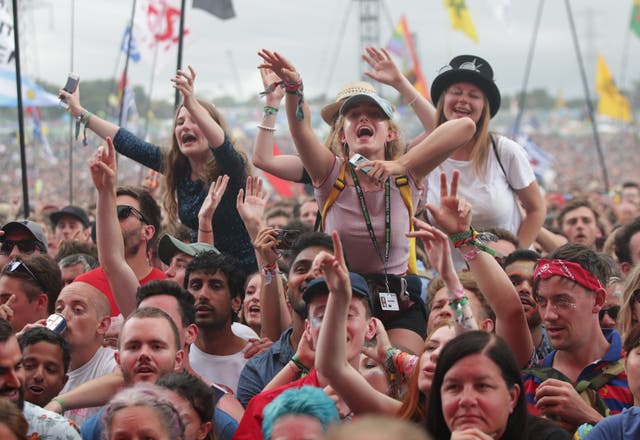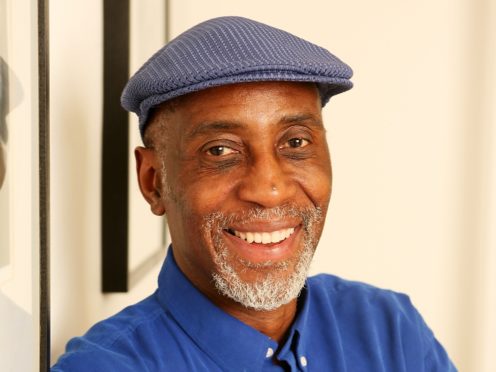The representation of young women working in the British music industry has increased by almost 10%, the results of a nationwide diversity survey suggest.
Between 2016 and 2018, women between the ages of 16 and 24 went from making up 54.6% of the industry to making up 65.3% of it, according to data from UK Music – the body that represents the nation’s industry.
Results collected by the group indicate that women and people from black, Asian and minority ethnic (BAME) backgrounds make up a higher percentage of the industry than they did two years ago.
However, the chairman of the group behind the report warned progress had been “slow but steady” and there was still much work to do.
The survey, which was conducted on 2,748 respondents between July and September this year, paints a broadly positive picture of increased diversity.
It shows that BAME representation increased from 15.6% to 17.8% between 2016 and 2018. In the same period the percentage of women working in the industry rose by almost 4%, from 45.3% to 49.1%.

BAME representation among younger people in the industry also increased from 20.2% to 25.9%.
A similar rise was found among senior managers, with an increase of 7.4% from the low base of 11.4%.
The survey, led by UK Music’s Diversity Taskforce and its chairman Keith Harris OBE, collected data from artists, producers, managers, publishers, licensing companies and the live sector.
Harris, formerly the general manager of the Motown record label, said that while improvements had been made, there was still much to do.
He said: “Things are changing for the better. Progress has been slow but steady.
UK music industry exports rose by 7% to a record £2.6 billion last year. Read our #MM2018 report here https://t.co/qfNRZFCBSJ pic.twitter.com/Y0BuFLBvef
— UK Music (@UK_Music) December 16, 2018
“We are continuing to keep our focus on ethnicity and sex as the most obvious indicators that things are changing, while remembering that diversity in the industry is about much more than that, with socio-economic background being among the important but often neglected areas which needs attention.”
Michael Dugher, CEO of UK Music, said: “Whilst we can welcome some very real and significant improvements, we still have much more work to do. Just imagine how much more successful our industry could be in the future, if we could only deepen the well from which we draw our talent?”
Jeremy Wright, Culture Secretary, said: “Everyone, regardless of their background, should have the opportunity to build a successful career in the music industry.
“Diversity makes good business sense and I hope the improvements we have seen will continue so we have the strongest, most vibrant and inclusive music industry possible.”
